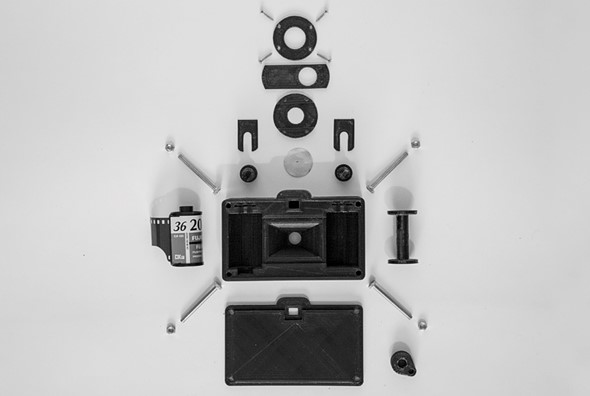
Part of the fun of film photography is the experimentation involved. While there’s no shortage of perfectly functioning film cameras you can pick up online or at your nearest flea market, there’s something about DIY and film photography that seems to go hand-in-hand.
So, in honor of the DIY spirit, I’ve rounded up five film photography cameras you can 3D print and construct yourself for little to no cost if you have a 3D printer (or at least access to one).
Most of these cameras are pinhole, but some intrepid creators have managed to make 3D printed cameras that use adapted lenses, such as the first two in our list. Some of these camera projects require more components than others (such as screws, bolts, 1/4–20 inserts and even extruded aluminum), but assuming you have a 3D printer and some time to tinker around, you can pick the camera to best fit what you already have on hand. Alternatively, you can make one two three trips to your local home improvement store to get the required components.
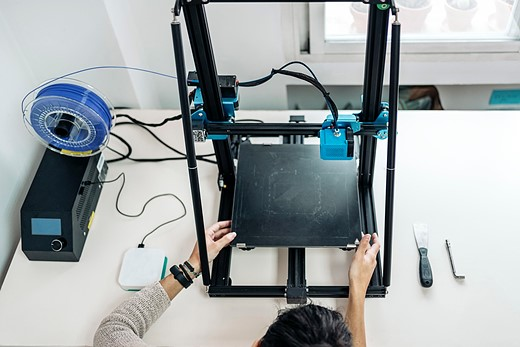
For those of you who don’t currently have access to a 3D printer, but are still interested, you have three options. First, you could use an online 3D printing service, such as FacFox, Shapeways and Sculpteo. Depending on your region, there may be online services that will take a 3D file you send them, print it out to specification and mail it to you for a cost. Second, you could find a nearby library or maker space that has 3D printers on hand for the public to use. They will likely charge for filament and a bit for your time, but it’s a great option if you don’t want to use an online service.
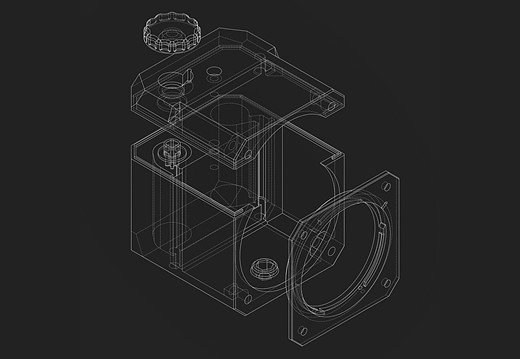
The third and final option is to buy a 3D printer. It can be overwhelming (and expensive), but it doesn’t have to be. Creality’s Ender 3 is a gold standard entry-level printer in the industry and retails for $200 (or your currency’s equivalent) in most parts of the world. There are also coupons that pop up on a near-monthly basis that can sometimes bring the price down to just $100. After purchasing, you’ll still have to grab some filament to use and build the machine, but the printer comes with instructions and there are dozens of YouTube videos that can walk you through the build process, one step at a time.
While most of the individual project pages featured here mention it, it’s worth pointing out in advance that you’ll likely want to stick to darker, opaque filaments for these prints. In particular, darker-colored PLA, PETG and ABS are optimal, but ABS is very temperature-sensitive when printing and does have a higher shrinkage ratio than PLA and PETG, which has a slight potential to cause alignment and spacing issues for more intricate components.
Medium Format Camera for Mamiya Press lenses by Javier Fernández

This second-generation medium format camera is the creation of Printables user Javier Fernández. Unlike some of the other models in this list, this camera uses real lenses to focus the light onto the film plane. Specifically, this model uses Mamiya Press lenses.
Due to their popularity in builds, these lenses aren’t necessarily cheap or easy to come buy, but if you have one on hand or manage to pick one up, it’s a great way to build your own 120 6×6 film camera that can truly be one-of-a-kind depending on what type of filament you use.
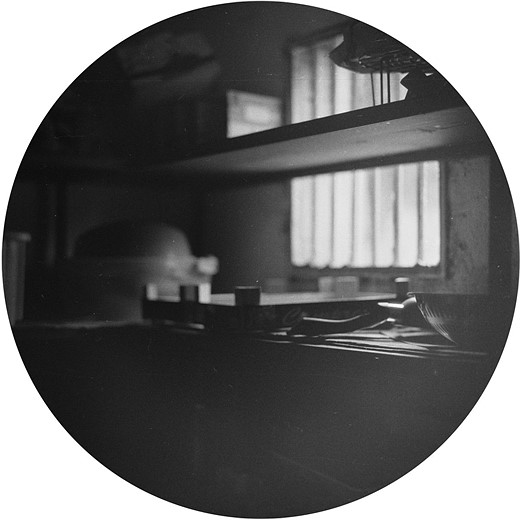
This model does require sourcing a few hard-to-get parts for the film advance mechanism, but Fernández has a full list of all the extra components you’ll need in the download section of the 3D file’s page. There’s also an in-depth video guide showing off the entire build process and the required components:
Vega 4×5 View Camera by Kaishou
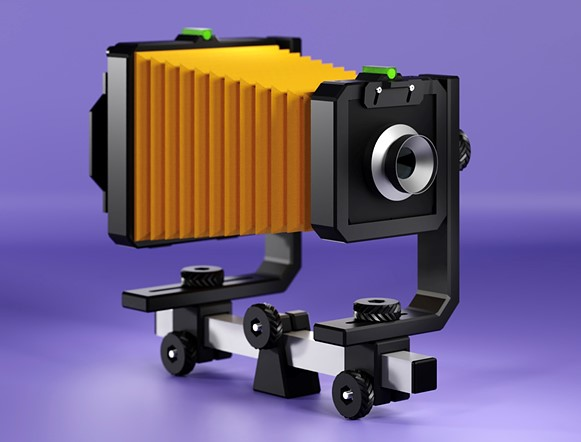
Go big or go home. This project isn’t for the faint of heart either and skips the smaller formats for 4×5 film photographs. It’s based on The Standard 4×5 from Standard Cameras, but has been remixed (an industry term for modifying an existing 3D file or design) with permission from Drew Nikonowicz, owner of Standard Cameras.
According to Kaishou, the creator of the Vega 4×5 View Camera, the goal of this design was to further simplify the design and use components that were more easily available. While it is technically possible to make your own bellows (you can 3D print the bellows for this project from flexible TPU filament) and ground glass for this project, Kaishou suggests simply buying these components from Standard Cameras. You’ll also need to have a large format lens to spare (or pick one up online).
You’ll find a detailed parts list and all the required files for the Vega 4×5 View Camera build on Printables.
terraPin Bijou 6 x 4.5 Pinhole Camera by Schlem

This adorable creation is just one of the many medium format 3D printed pinhole cameras Thingiverse user Schlem has developed over the years, but it’s proven to be their most popular to date.
The camera requires minimal extra components and shoots a true 6 x 4.5cm image in 4:3 format. Schlem has a detailed guide for what size the pinhole should be, thorough instructions on how to build the camera and even a pinhole exposure duration guide so you aren’t shooting in the dark the first time you take the camera for a spin.
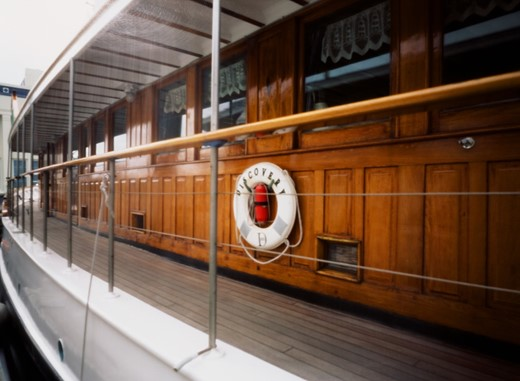
You can find all the required files, instructions and more on the terraPin Bijou 6 x 4.5 Pinhole Camera Thingiverse page.
Easy 35 Pinhole Camera by coconnor55

If simplicity is the name of the game for you, Thingiverse user coconnor55’s Easy 35 Pinhole Camera is the project for you. It prints fast, uses minimal extra components and should work with any 35mm film you throw its way.
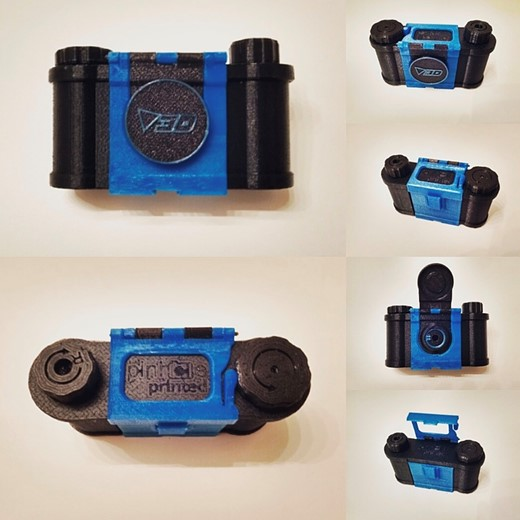
If you want to spruce up the design a little, you can use some of the modifications Thingiverse user joshvv has made for the camera.
3D Printed Pinhole 35mm by cirion
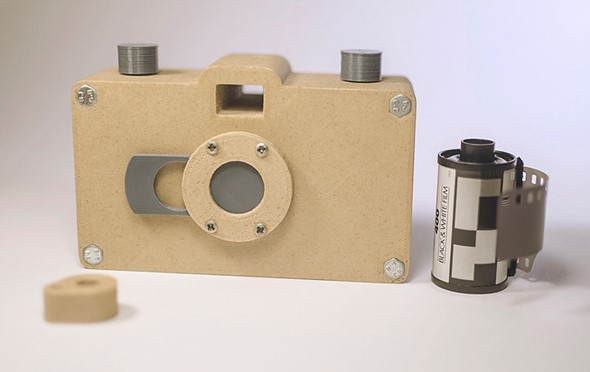
Another simple 35mm pinhole camera is the 3D Printed Pinhole 35 from Thingiverse user cirion. Like the Easy 35 Pinhole Camera, this model requires minimal components and should print fairly quickly.
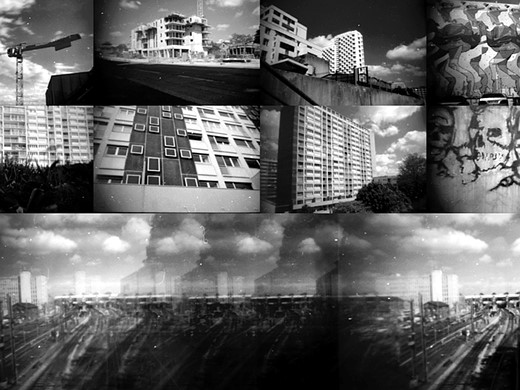
Instructions are available in both French and English and various remixes and modifications can be found to take this model to the next level with knurled knobs and a three-part shutter.
Source: Five film cameras you can 3D print and make at home: Digital Photography Review (dpreview.com)